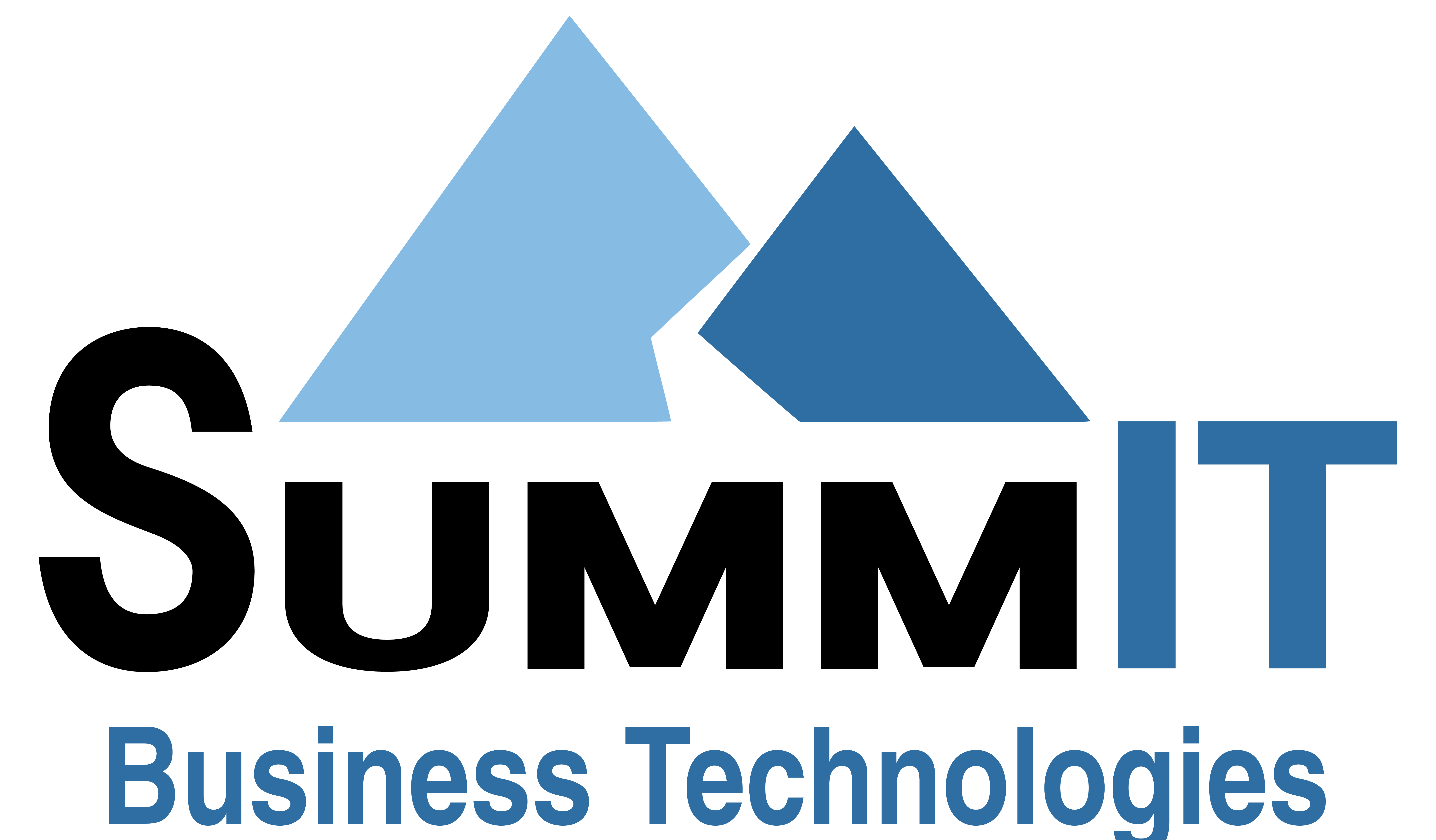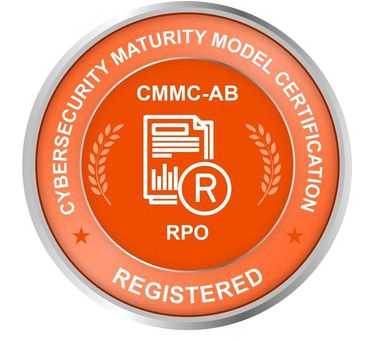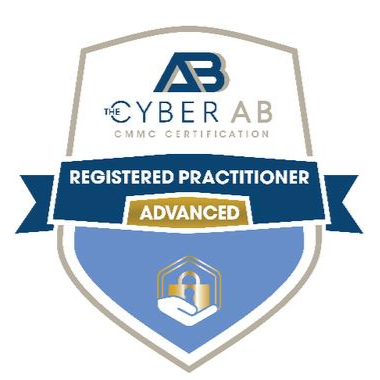3 Steps to Zero Trust Cybersecurity for Small Businesses
Cyberattacks are becoming more rampant, and each year grow increasingly in sophistication. In 2022 it was estimated that every 39 seconds, a business fell victim to a cyberattack. Successful attacks amounted to an average of $4.32 million in losses!
Something as simple as a gap in your network security could cause a chain of events that could prove catastrophic for your business. Within six months of a breach occurring, 60% of businesses that have suffered a successful cybersecurity breach will close their doors permanently. Implementing a robust cybersecurity framework such as zero trust is the best way to avoid becoming a tragic statistic.
Zero Trust- more than just a buzz word
Zero trust is a security framework requiring all users, whether in or outside the organization’s network, to be authenticated, authorized, and continuously validated for security configuration and posture before being granted or keeping access to applications and data. It encourages organizations to verify every access attempt while treating every user or application as a potential threat. Zero trust is a great starting point for businesses that want to build a secure cybersecurity posture. It can adapt to the complexity of the modern work environment, including a hybrid workplace, and protect people, devices, applications, and data regardless of where they are located.
That said, zero trust should not be mistaken for a single solution or platform. You cannot just buy it from a security vendor and implement it with a click of a button. Zero trust is a strategy or a framework that needs to be applied to everything and adopted by all in the organization.
Implementing zero trust: Three core principles to remember
As we said above, zero trust is not a one and done solution, but rather a framework to help build your cyber security infrastructure to bolster your IT security. In doing so, there are three core principles that you must remember:
- Continually verify
You should strive to implement a “never trust, always verify” approach to security by always confirming the identity and access privileges of users, devices, and applications. Consider implementing strong identity and access (IAM) controls. It will help you define roles and access benefits — ensuring only the right users can access the correct information.
- Limit access
Human error is the leading cause of a cyber breach, and improperly set up roles can provide your employees with access to data that they should not be authorized to have. And misuse of privileged access is one of the most common causes of successful internal cyber threats. Limiting access ensures that users are granted minimal access without affecting their day-to-day activities. Here are some standard security practices that organizations have adopted to restrict access:
- Just-in-time access (JIT) – Users, devices or applications are granted access only for a predetermined period. This helps limit the time one has access to critical systems.
- Principle of least privilege (PoLP) – Users, devices or applications are granted the least access or permissions needed to perform their job role.
- Segmented application access (SAA) – Users can only access permitted applications, preventing any malicious users from gaining access to the network.
- Assume breach and minimize impact
Instead of waiting for a breach and being reactive, you can take a proactive step toward your cybersecurity by assuming risk. In today’s environment, it is not a matter of IF but WHEN an attack on your business will occur. This means treating applications, services, identities, and networks — both internal and external — as already compromised. Taking a proactive stance will improve your response time to a breach, minimize the damage, improve your overall security, and, most importantly, protect your business.
How can Summit help?
Achieving zero trust compliance on your own can be daunting and confusing, especially if you are not a cybersecurity expert. However, partnering with an MSSP like Summit can ease the burden by leveraging our advanced technologies and expertise to implement a zero-trust framework within your business. Reduce your risk of a cyber breach without having to hire additional internal talent or attempting to configure additional tools yourself.
Our highly skilled cybersecurity and network engineers have the experience and knowledge to professionally design, configure and implement a zero trust-based infrastructure that conforms to your business needs and budget.
If you want to learn more about our cybersecurity process, click here to get a call back from one of our experienced representatives.










